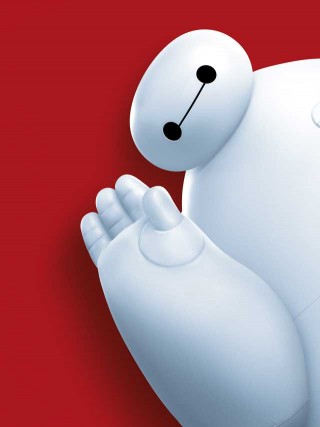Nicole Chuhak
 |
| The room of the 4th ventricle of the brain |
The French artist Orlan has adapted medical technologies into her Carnal Art. She defines
 |
| An example of Stuelke's project |
 |
| A screenshot of Orlan's work |
of art is a bit disrespectful to the medical practices, almost as if she is making a mockery of doctors and their medical practices. It is for this reason that I am torn about her work, because it is a meaningful piece, but I think some more thought should have been put into its execution.
Sources:
Dusinberre, Deke. "Orlan: [carnal Art] ; following the Exhibition "Eléments Favoris" (November 28, 2002 - February 16, 2003) and ... to Coincide with the Exhibition "Orlan, Méthodes De L'artiste (March 31 - June 28, 2004)." Paris: Flammarion, 2004. Print.
Herman, Judith. "Psychedelic Images From Inside Your Body." Behold. Web. 25 Apr. 2015.
Orlan. "ORLAN OFFICIAL WEBSITE / SITE OFFICIEL D'ORLAN." Carnal Art / Art Charnel. Web. 26 Apr. 2015.
Stuelke, Satre. "Radiology Art: X-ray Art." Radiology Art: X-ray Art. Web. 25 Apr. 2015.
Vesna, Victoria. "Unit Four: MedTech + Art." Lecture. 2012






